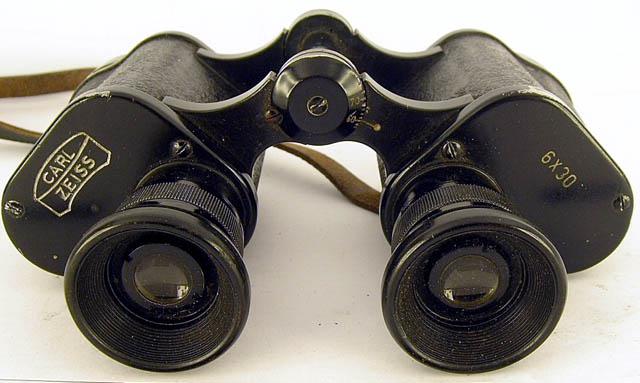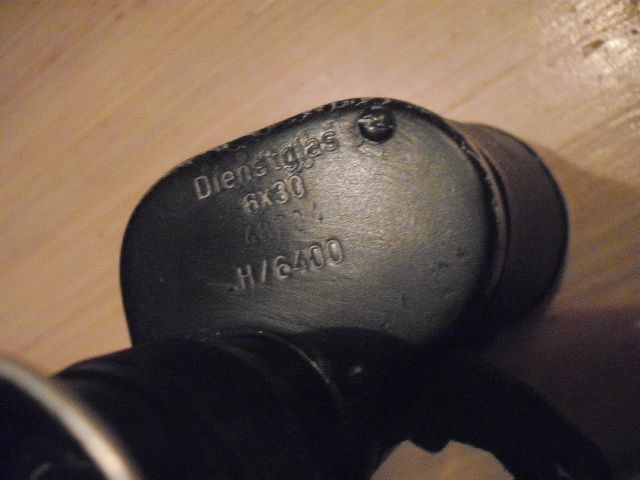Dienstglas 6x30 Ddx Serial Numbers
I recently picked up this 1943 German Dienstglas Binoculars with case at a local antique shop, but do not understand some of the markings on it. The case has the year 1943, the eagle with the swastika, and the letters WaA under it with two other illegible marks, possibly ka? On the latch, there is a marking of frn43, and on the belt loop of the case is a number 18. The belt loop is very worn. When researching German Binoculars on line, I see some have a '+' mark on them, meaning cold weather. This one has a triangle, and is marked beh.
What does the Triangle mean, and who was beh? Also, how do you use the range finder?

I bought this for myself, and for the price I paid, I can not buy a new pair of binoculars that even comes close to this for quality. I appreciate any help in understanding this find. Keep reading - the maker's name is below. First, the word 'Deinstglas' is a German word which means shatter-proof or 'armored' glass. That's all it is. Wilco erj 145.
They used heavy duty glass for this pair of binoculars. Your binoculars are 10x50's which is pretty good! The marking, 'beh' is the maker's name. The Germans realized that some of their equipment would be captured by their enemies during the war, and they didn't want to tell the Allies which factories to bomb. Some of their early war stuff, in fact, actually had the maker's name and location. To prevent their vital factories from being bombed, they switched over to a three letter code using small letters for all of their factory designations. (No, it didn't work.) 'beh' was the three letter code for Ernst Leitz GmbH, located in Wetzlar, Germany.
Jul 11, 2009 Interesting thing is that one complete side is made of aluminum and the other side is made of steel. Good example of wartime demand for steel. Mine are marked Dienstglas 6x30 334790 ddx. Ive also included a pic of a pair thats not too far off from mine. Ive been looking for a leather neckstrap and a rubber eye cup cover for it.

'GmbH' is another of those German abbreviations meaning 'company,' or 'incorporated.' Anyway your binoculars were made by Ernst Leitz. How do you use the rangefinder?
It takes some background and training, but it isn't hard, and field practice definitely helps. The soldier learns that at a given distance, certain known objects will have a certain width or height.
For instance, an adult human of average size will fill the distance between two lines at say maybe 100 feet, and will fill 1/4 of the distance between those same two lines when he is 600 meters away. (Those are just numbers I've made up - I don't know what the real ones are.) 10x50 binoculars are much larger than those usually issued to the troops, which were generally 6x35's. These were used for special spotting of some kind. The other marking 'frn43' is unknown to me. 'frn' was probably a maker of snaps or leather accessories. Their name doesn't show up in the short list that I have.
'43' was obviously '1943.' Hope this helps! >Also, how do you use the range finder?
You didn't explain this comment at all but let me guess that you see tall vertical marks and short horizontal marks on the reticle superimposed on the field of view. That would normally mean those are made for adjusting artillery fire, known as 'spotting.' In the US armed forces they are called 'mil scale' binoculars. The forward observer using them can count the number of marks between the explosion of a shell and the target, in both elevation and azimuth. The scale is usually in 'mils' which is a standard angular unit of measure used in artillery fire control. Either the observer or battery control has to then convert the spotter's correction to a different one for the artillery battery, since the target is almost never in the same direction from the observer as it is from the firing battery. Spots are phrased like 'left 200, drop 300' for the number of meters the spotter says will put the round on the target.